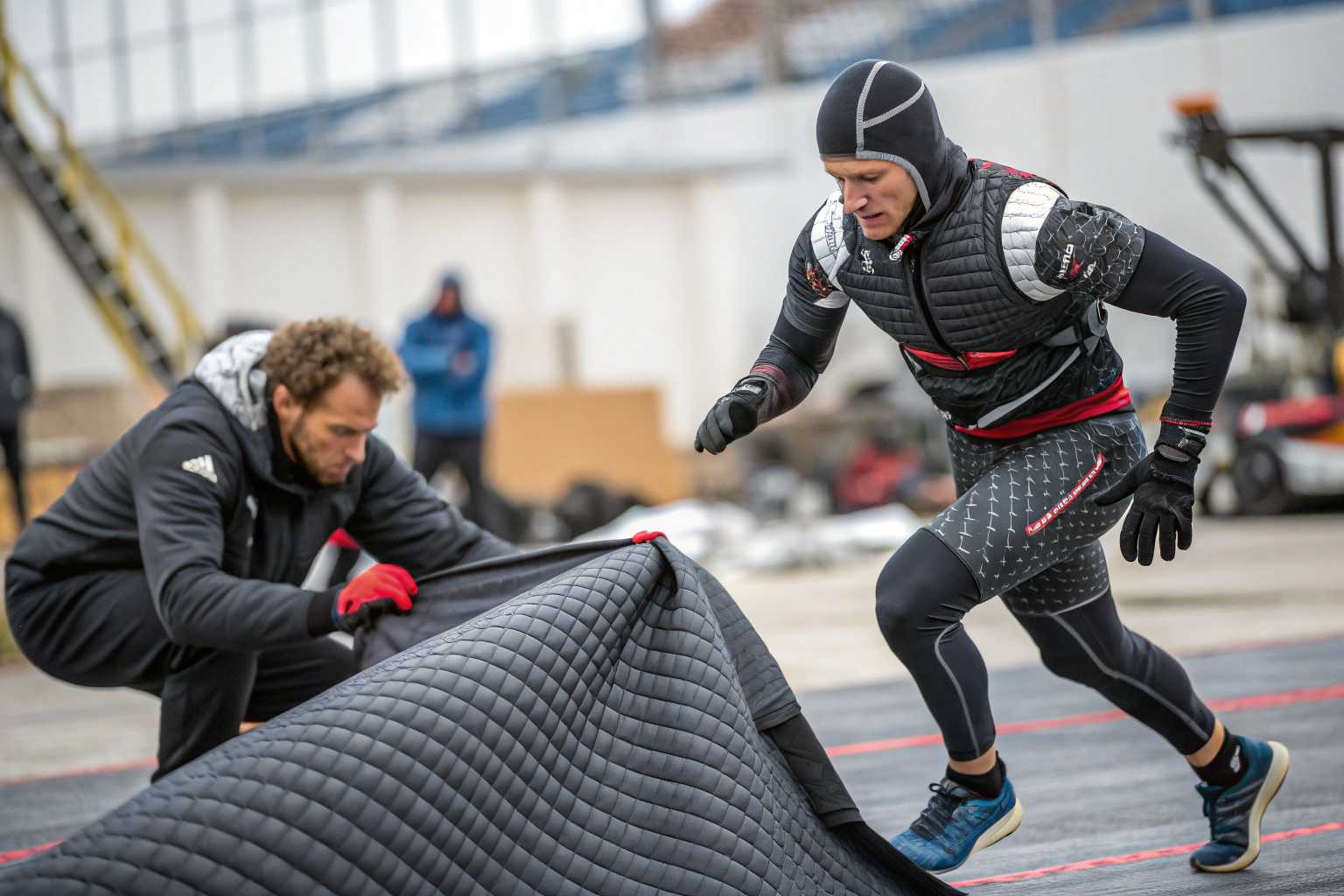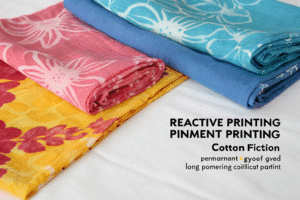When it comes to personal safety, many people assume traditional foams and rigid plastics are the only choices for impact protection. But these materials often crack, lose shape, or restrict movement, leaving users with limited performance. This is where auxetic fabrics step in. They are not only strong but also flexible, opening up a new frontier for protective gear.
Auxetic fabrics are revolutionizing impact protection because they expand laterally when stretched, making them tougher and more resistant under stress. This unique property allows protective gear to absorb shocks more effectively, improve comfort, and enhance durability compared to conventional fabrics.
More industries are now paying attention to auxetic fabrics. Sports brands, military developers, and healthcare innovators are exploring their potential. If you are looking for the next-generation solution in protective gear, understanding auxetic fabrics is essential.
How Do Auxetic Fabrics Work?
Auxetic fabrics behave in ways that defy common sense. When you stretch them, instead of getting thinner, they actually get thicker. This rare property gives them remarkable strength under pressure.
They provide superior energy absorption, which makes them perfect for impact protection gear. By spreading force over a wider area, auxetic fabrics reduce the chance of localized failure, unlike traditional textiles.
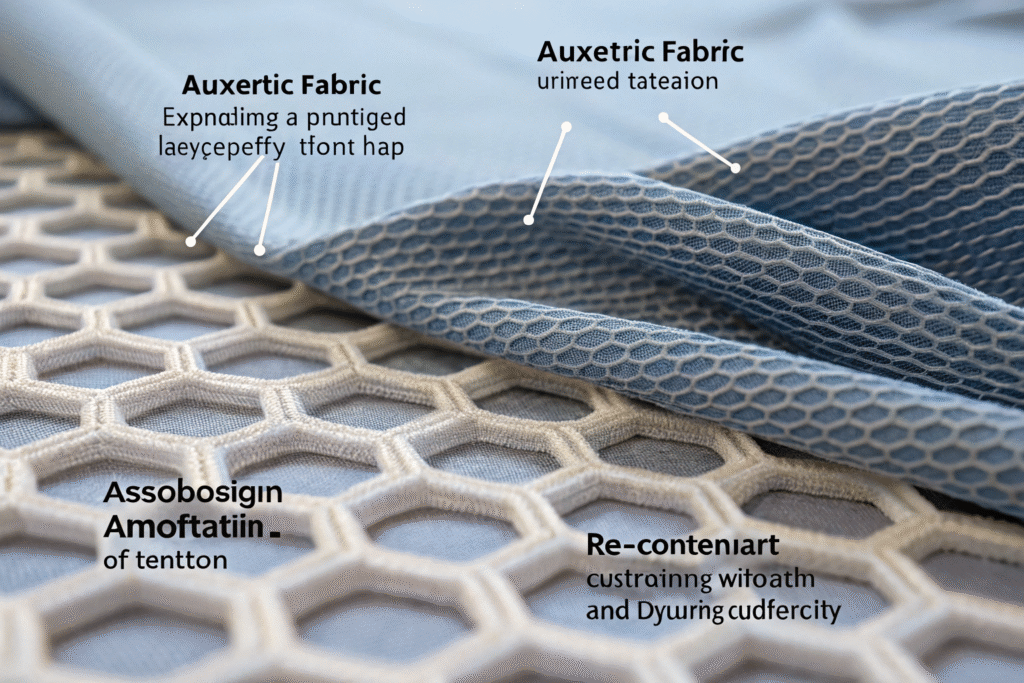
Why do auxetic fabrics resist tearing better?
Auxetic fabrics resist tearing because their molecular and geometric structures distribute force evenly. When pulled, the fabric expands sideways, locking fibers into stronger configurations. This reduces stress concentration points. More information on material science can be found on ScienceDirect. You can also see applications highlighted by Nature Materials.
How do auxetic fabrics compare to foams?
Unlike conventional foams, which compress and degrade, auxetic fabrics retain structure under repeated impact. They outperform foams in long-term resilience and adaptability. Some companies are experimenting with blending auxetic fibers with Kevlar and Dyneema to achieve lightweight yet ultra-strong composites.
What Are the Benefits of Auxetic Fabrics in Gear?
Auxetic fabrics are making headlines because they offer performance advantages that traditional textiles cannot match.
They combine strength, flexibility, and safety, giving wearers better movement without sacrificing protection. This balance is the main reason why many industries are testing them in real-world conditions.
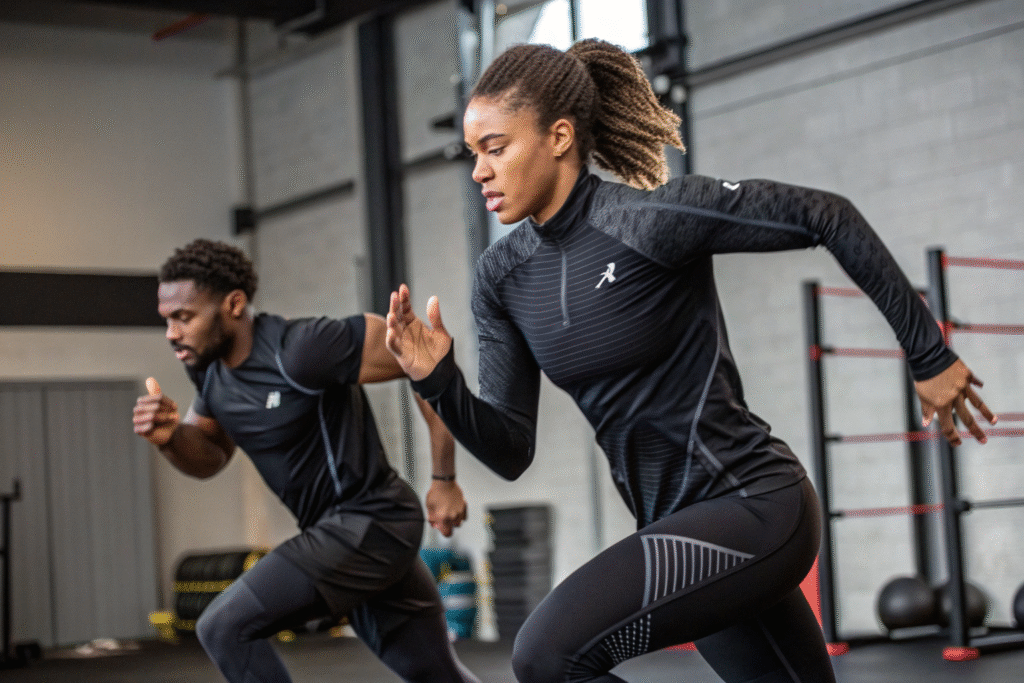
Can auxetic fabrics improve comfort in sports gear?
Yes. In sports gear, auxetic fabrics stretch naturally with the athlete’s body, reducing pressure points and improving fit. This is why researchers and brands are exploring partnerships with NIKE and Adidas to test prototypes in sports protection wear.
Do auxetic fabrics reduce long-term fatigue?
Absolutely. Because they spread out pressure, they reduce strain on joints and muscles. This is particularly valuable in military and industrial gear, where workers and soldiers need reliable protection for hours. Studies from PubMed and reports from ScienceDirect highlight reduced fatigue and injury risk in early tests.
Where Are Auxetic Fabrics Used Today?
Although still in development, auxetic fabrics are finding their way into multiple industries.
From helmets and body armor to medical supports, their adaptability is driving innovation worldwide. They are not just future concepts anymore; they are entering commercial testing and production.
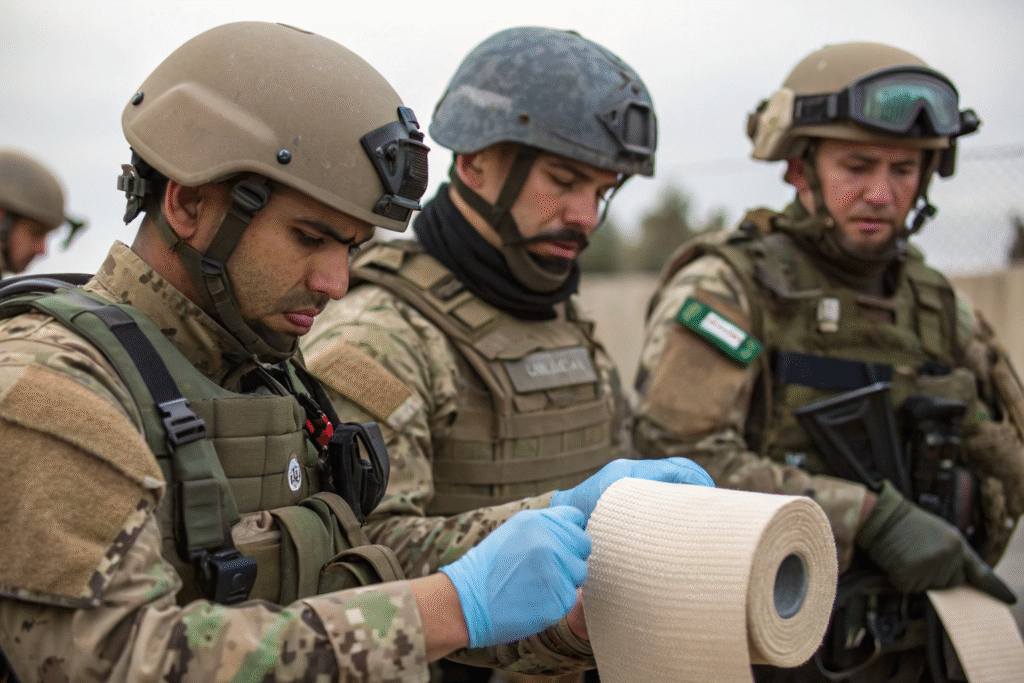
Are auxetic fabrics used in healthcare?
Yes. They are applied in medical braces, prosthetics, and wound dressings because they conform naturally to the body. For deeper insight, the National Library of Medicine provides examples of auxetic healthcare applications. Another example is advanced wound dressings described by ResearchGate.
What role do auxetic fabrics play in defense?
In defense, auxetic fabrics are being trialed in body armor and helmets. Their ability to absorb blasts and reduce shrapnel penetration is promising. For instance, research supported by DARPA and case studies from Springer Materials highlight their defense applications.
How to Source Auxetic Fabrics for Your Projects?
Auxetic fabrics are still specialized, but sourcing is becoming easier through advanced textile suppliers.
Companies that focus on innovation in technical textiles are leading production, offering custom solutions for sportswear, defense, and healthcare. Knowing where to look helps businesses get ahead.
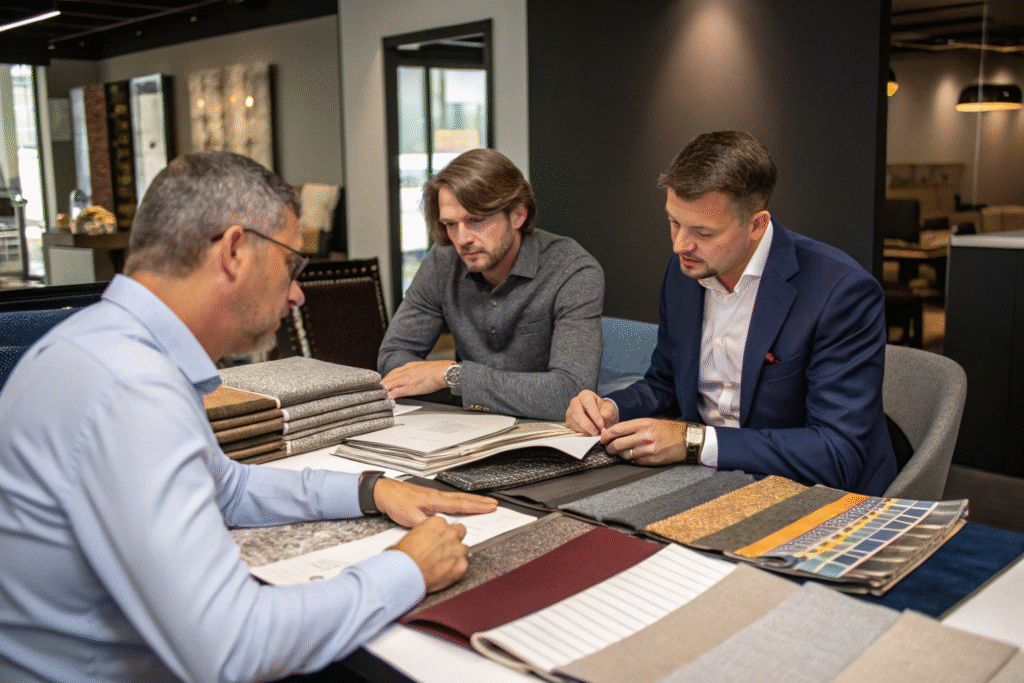
Which companies lead in auxetic fabric production?
Some of the leaders include niche European labs and research-driven textile firms. Reports from Textile World and data shared by TechnicalTextiles.net point to strong R&D-driven suppliers.
How can brands ensure quality when sourcing?
Brands should demand certifications, conduct lab tests, and ensure compliance with safety standards. Using platforms like Alibaba or contacting suppliers listed in Made-in-China can open sourcing opportunities, but vetting quality is essential.
Conclusion
Auxetic fabrics are changing the way we think about impact protection. They bring together strength, comfort, and adaptability, making them valuable for sports, defense, and healthcare applications. While still emerging, their unique properties set them apart from traditional foams and textiles.
If you are exploring advanced textile sourcing, now is the time to consider auxetic fabrics. To discuss custom development and production for your projects, you can contact our Business Director Elaine at elaine@fumaoclothing.com. We at Shanghai Fumao are ready to partner with you in shaping the future of protective fabrics.

